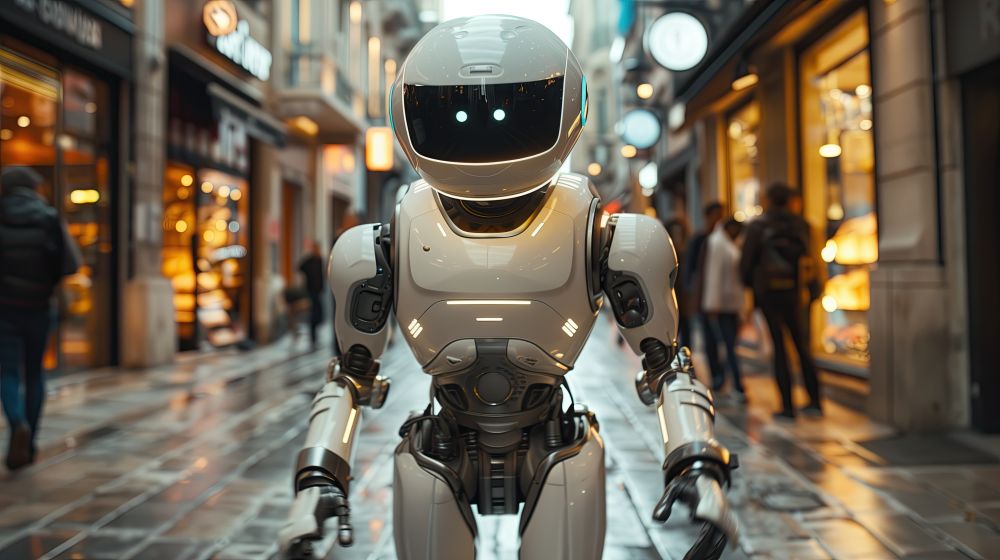Although there is data to back the fact that inflation will ease up within the year, consumers in some sectors are not entirely confident in the market. The apparel industry seems to be an excellent example of this. This is not the same sentiment across the board, but the retail industry should look towards areas that can increase conversion rates more than ever.
Generative AI is one of such areas, but what exactly is generative AI, and how can it be vital for improving retail conversion rates?
What Is Generative AI
For those who have not been on the internet since 2019, we’ll quickly define Generative AI and explain why it can be a game changer for the retail sector.
Generative AI is a subset of Artificial Intelligence. Still, generative AI focuses on creating new information from the datasets it has been fed rather than just mimicking human intelligence in outcomes.
A major breakthrough in the subset of AI is OpenAI’s ChatGPT and other GPT models. Initially making groundbreaking leaps in text generation, generative AI has increased its capabilities in generating other media forms, including pictures, videos, and audio.
In its infancy, it seemed restricted to some industries in its uses. Still, with the rapid development of this technology, it has become quite valuable for the retail sector. From the possibilities of AI chatbots to marketing and sales coordination, we will explore a few areas where generative AI can help drive retail conversion rates even in uncertain economic weather.
Ways Generative AI Can Drive Retail Conversion Rates
Improved Content Creation
Generative AI’s main forte is creating content in various media formats, which, when properly employed, can boost conversions in the retail industry. Generating accurate photos on customer demand and allowing customers to better view products before making purchases improves the overall buying process for customers. Furthermore, generative AI can craft descriptions or create product summaries that give clear insights into product features and quality before purchase.
Targeted Customer Operations
Generative AI through chatbots and other text generators can help the retail industry scale up customer service and response and improve conversion rates. Properly trained chatbots can help retailers manage simple queries and guide customers along the buyer’s journey. These processes can be automated, reducing pressure on physical staff.
Furthermore, generating content that would best fit the customers’ intent is within the abilities of generative AI. This can help retailers better tailor customer searches to what they need. In the case of upselling to customers, generative AI can leverage access to previous searches to provide customers with better value when making purchases.
Supply Chain Optimization
Generative AI is good at analysing data and producing logical feedback and results; this can play to the advantage of supply chain leaders, as generative AI can be used as a second base when making decisions. From the moment customers check a product online until they make a purchase using a retail POS system, supply chain experts are concerned with ensuring inventory is well accounted for and the entire supply chain moves smoothly.
Supply chain leaders can use generative AI to answer supply chain-related questions like “Where is my package?” This is one of the most frequently asked questions in the supply chain. With generative AI, customers can receive quicker responses and be assured of their goods’ itch-free delivery process.
Are There Any Challenges For Early Adopters?
At its initial stage, ChatGPT produced generated information that was either outright false or fabricated to pass as real. This is a significant fear that comes with being an early adopter. There is the risk of the Generative AI not being competent or well-trained to match up with consistently changing realities. Since its first iteration, we have seen much more well-rounded generative AI models that are more accurate in data and generate realistic audio and video content.
This has been generative AI’s major challenge, but it will likely be short-lived as more innovations enter the field.
Conclusion
Despite the seeming slum in some retail sectors, retail is still big business, with projections targeting 32 trillion dollars in sales by 2026. AI is surely a tool that can help your retail business get a huge chunk of the pie. The retail industry’s attitude toward generative AI should be one of optimism, not fear.






